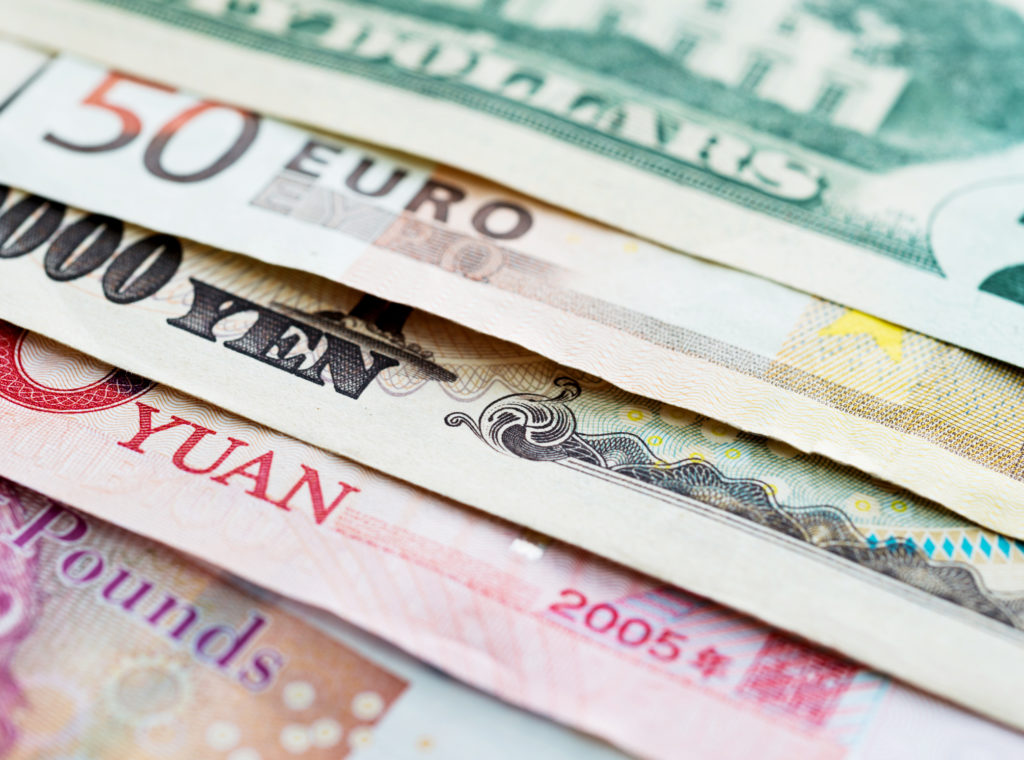After the U.S. stock market fell nearly 4% during the first few trading days of November, a better-than-expected inflation report sent the stock market 5.5% higher in a single day. The bond market followed suit, swinging 2% higher following the report’s release. International stocks rose even more than U.S. stocks and ended the month with double-digit gains, largely due to a weakening U.S. dollar. For the entire month, the U.S. stock market increased by 5.2%, the U.S. bond market by 3.7%, and developed-market foreign stocks rose 11.3%. Not to be outdone, emerging market stocks managed to return 14.8%, despite turmoil in China caused by its zero-COVID policies and associated protests.
We find it noteworthy to see international stocks roaring back precisely at a time when many investors had been tempted to abandon the asset class. At the start of November, international stocks were underperforming the U.S. market by 3% this year. On the surface, this made sense owing to Russia’s war on Ukraine and the related energy crisis. A deeper look, however, showed something different that relates to a story that hasn’t garnered as much attention as inflation this year. That story is currency divergence.
Currency divergence is when one currency grows stronger relative to another. This year, clients traveling internationally have reported that travel hasn’t devastated their pocketbooks. That’s in part because the dollar has seen its purchase power surge against other currencies such as the Euro or the Yen. While a strengthening dollar has made buying a cup of coffee in Paris easier this year, it also suppressed the returns of international stocks. International stocks have performed well in their local currencies, but that’s not apparent to U.S. investors once that performance is translated into dollars. While predicting future currency movements is a fool’s errand, with the Euro, Pound, and Yen still down 9% to 16% versus the U.S. dollar this year, there remains plenty of opportunity for international currencies to close the gap with the dollar. When that comes to pass, investors with some allocation to international stocks will be rewarded.
A note on inflation. We mentioned investors reacted positively to this month’s CPI report. Investors expected a report to show consumer prices rose 7.9% in October. When the new data showed a better-than-expected 7.7% increase, asset prices surged. As we’ve mentioned before, inflation must be tamed for volatility to subside. The trend in the data is a step in the right direction. Still, with the labor market continuing to run hot, it’s hard to be confident that inflation will keep falling to 2% as a matter of course. Accordingly, the Federal Reserve is expected to raise interest rates another 0.5% at their December meeting with additional hikes likely to come through next Spring. To truly bring inflation to more normal levels, it’s likely more economic pressure will be felt, pressure we have yet to observe in the labor market or in consumer spending. More patience will be necessary from investors as the path to normal may stretch well into 2023.
As we make our way into December, we hope you are able to take time to gather with your loved ones. We wish you wonderful holidays, filled with the warmth of the season. Stay well, and please reach out if we can be of service. As always, we are here for you.

